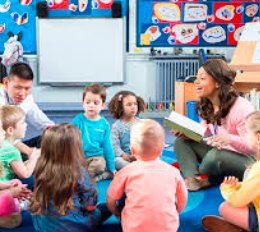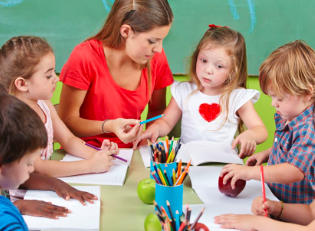Circle time is a cherished tradition in many preschool classrooms, offering a joyful and structured way to bring young children together to learn, share, and connect. This simple daily routine provides numerous developmental benefits and helps build a strong sense of classroom community.
Encourages Social Interaction
During circle time, children sit together in a group and participate in shared activities such as singing songs, listening to stories, or discussing the day’s weather. This group setting encourages children to take turns, listen to others, and express their own thoughts—important skills for building friendships and practicing respectful communication.
Promotes Listening and Attention Skills
Circle time activities often involve listening closely to a teacher or peer. Whether it’s a story, a song, or a question, children learn to focus their attention and wait patiently for their turn to speak. These listening habits support early literacy development and prepare children for future learning experiences.
Supports Emotional Development
Routine and predictability are comforting for young learners. Beginning the day with circle time creates a safe and familiar space where children know what to expect. This consistent structure helps them feel secure and more confident in expressing themselves. Teachers may also use circle time to discuss feelings or resolve minor conflicts in a group-friendly way.
Builds Language and Vocabulary
Through storytelling, song lyrics, and group discussions, circle time introduces children to a wide range of vocabulary. Children not only hear new words but also practice using them in conversation, building stronger language skills that support reading and writing down the road.
Fosters a Love of Learning
Circle time can be fun, interactive, and full of creativity. With fingerplays, rhymes, themed discussions, and learning games, children associate learning with enjoyment. This positive experience sets the tone for a lifelong love of learning.
Strengthens the Classroom Community
By gathering in a circle, everyone is seen and heard. Children begin to recognize the value of being part of a group, where everyone’s presence matters. This daily gathering helps form bonds between classmates and nurtures a caring classroom environment.
Conclusion
Circle time is much more than a simple classroom routine. It’s a powerful tool for helping young children grow socially, emotionally, and academically. By fostering connection, communication, and confidence, circle time helps lay a strong foundation for lifelong learning in a warm and welcoming way.














